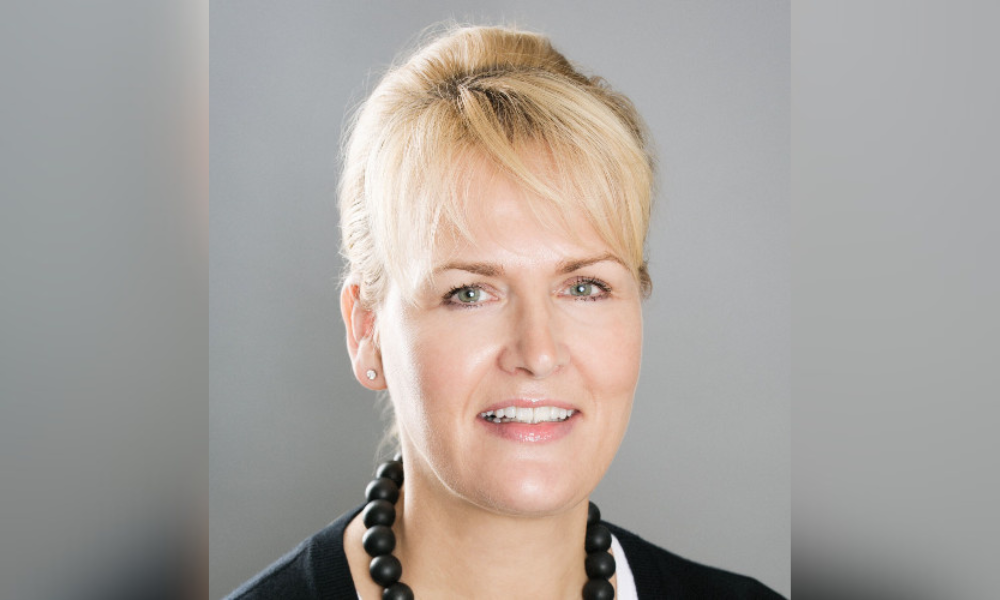Unifor exec says technology must tackle challenges at top of hierarchy of controls

As industries evolve and technology advances, the landscape of workplace safety undergoes a transformation, raising questions about the future of health and safety practices. In a recent discussion with a seasoned professional in the field, insights were shared on the trajectory of safety measures and the pivotal role of workers in shaping tomorrow's safer workplaces.
"The future of safety is still about the workers," says Sari Sairanen, Unifor’s former health and safety director for 16 years. Sairanen now serves as the executive assistant to the secretary treasurer at Canada’s largest private sector union, which has more than 315,000 members across Canada.
Looking towards the upcoming Women and Safety Summit in Calgary and her anticipated participation in a panel discussion, Sairanen, is preparing to share a message about prioritizing worker involvement in hazard identification, which she says “remains paramount” despite the allure of technological solutions.
While acknowledging the potential of technology, Sairanen stresses the importance of aligning technological advancements with the primary objective of hazard mitigation. "If that technology isn't tackling challenges...at the top of the hierarchy of controls, then perhaps it's not as effective as it should be," she remarks. Her sentiment underscores a critical consideration for organizations embracing innovative safety solutions.
Central to Sairanen's perspective is the notion of empowerment through collaboration, epitomized by joint health and safety committees. These forums, she asserts, offer a platform for meaningful dialogue between workers and employers, fostering a deeper understanding of workplace hazards and effective risk mitigation strategies.
Sairanen notes the evolving nature of workplaces, citing the automotive sector's transition towards electrification as a pertinent example. With emerging technologies such as high-voltage batteries entering the fray, continuous education and provision of adequate tools become imperative to safeguard worker well-being.
However, amidst the influx of technological advancements, Sairanen raises a poignant concern: the potential erosion of human connection between safety leadership and frontline workers. Safeguarding this connection, she argues, necessitates adherence to legislative frameworks ensuring workers' rights to knowledge, participation, and refusal of dangerous work.
"Their value, the knowledge that they bring to conversations...is what we really need to continuously concentrate on," she emphasizes. Upholding workers' rights and integrating their insights into safety protocols are fundamental principles that should endure, irrespective of technological advancements.
As industries march towards an increasingly automated future, the wisdom gleaned from seasoned professionals like Sairanen serves as a compass, guiding stakeholders towards a future where innovation harmonizes with human-centric safety practices. In this vision, the safety and well-being of workers remain steadfast priorities, ensuring that tomorrow's workplaces are not only technologically advanced but also inherently safe and humane.





